In today's world, where technology continues to transform our lives, manufacturing does not stand aside from innovation. One of the exciting new concepts is the 3D farm, a unique form of production based on the use of cutting-edge 3D printers.
The relevance of such farms is undeniable. They offer a revolutionary approach to manufacturing, allowing you to create small series products without the need to make molds. This leads to a reduction in time and costs for production processes, and also provides flexibility and adaptability in the field of production.
In this article, we will look at the main aspects of the 3D farm and its importance in the modern industry. We will explore the different production zones and spaces required for the efficient operation of such a farm, as well as discuss the importance of regular maintenance and repair of equipment.
We will also provide advice on stock purchases for the successful operation of a 3D farm, including the necessary components and materials.
Contents:
What is a 3D farm?
What is a 3D farm for?
Basic principles of building a 3D farm.
Finance. How much does it cost?
What is a 3D farm?
A 3D farm is a form of manufacturing based on the use of 3D printers that allows the production of small series of products without the need to create molds or injection molds.
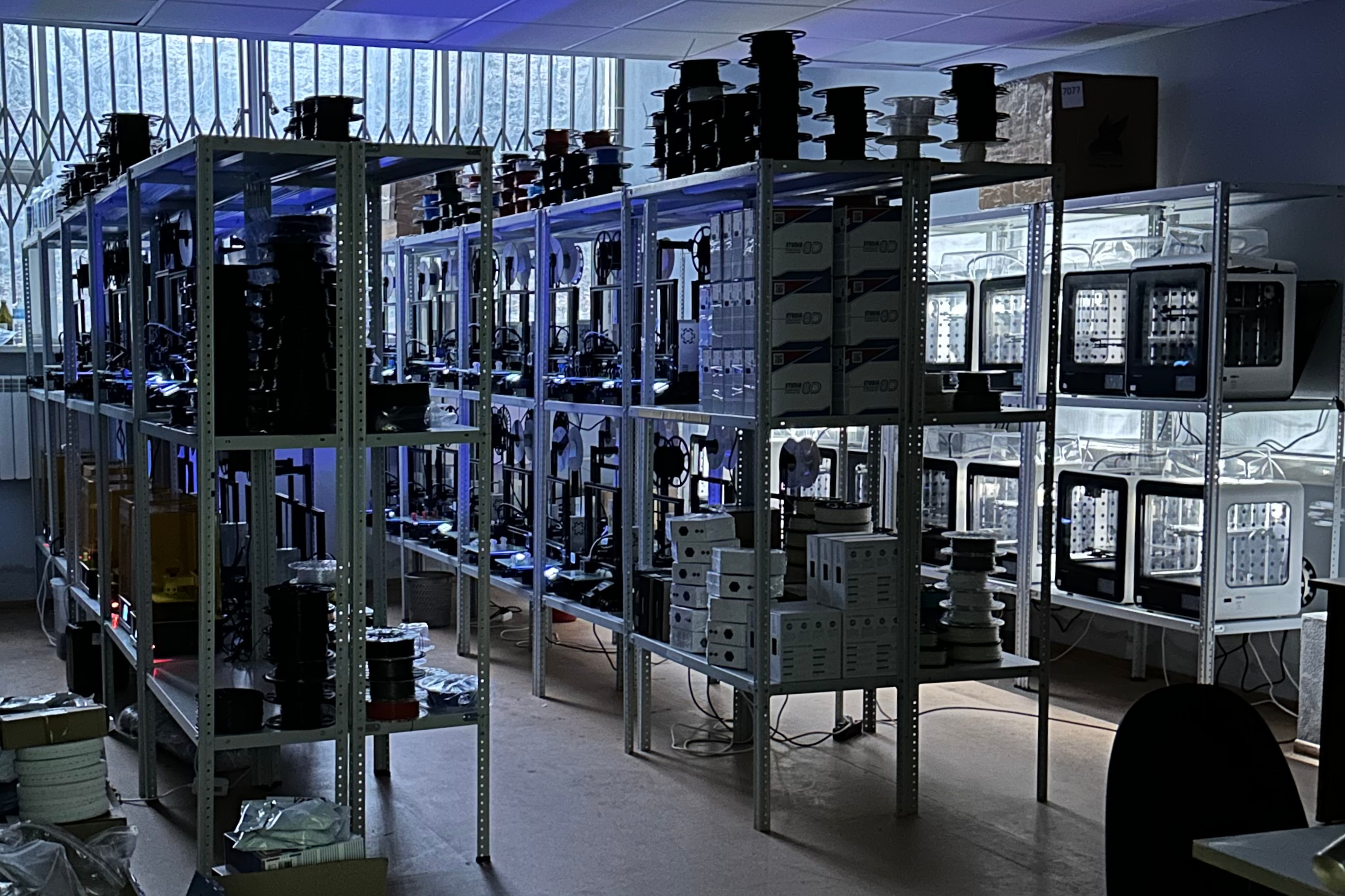
With the help of 3D printers, which work on the principle of adding material, you can create complex and accurate objects from a digital model. This provides flexibility and efficiency in production, allowing you to quickly adapt to changes and produce a variety of products without the need for costly setup of production equipment.
What is a 3D farm for?
The 3D farm has a wide range of applications and plays a significant role in various industries. One of the main advantages of a 3D truss is the ability to quickly produce small series of products without the need to create expensive molds. This allows businesses to save time, reduce costs and improve production flexibility.
In the field of prototyping and design, the 3D truss plays an important role. It allows you to quickly prototype new products and components, which significantly reduces the time from idea to implementation. Using 3D modeling and 3D printers, designers and engineers can quickly and accurately test the shape, function and ergonomics of their designs.
Another application of the 3D farm is the production of customized and custom-made items. From spare parts and components to household items, the 3D farm allows you to produce unique products according to customer requirements. This is especially useful in the fields of medicine, aviation, modeling and custom manufacturing.

In addition, the 3D farm contributes to sustainable production and environmental efficiency. With the ability to use environmentally friendly materials and minimize waste, 3D Farm helps to reduce the negative impact on the environment by providing efficient and sustainable production solutions.
All these advantages make the 3D farm relevant and relevant in the industry and provide companies with the opportunity to start producing their own products, expand their product line, organize custom production and remain competitive in a rapidly changing world of technology.
The 3D farm has a wide range of applications and is relevant for various areas and types of products. Here are some examples:
- Prototyping & Design: The 3D farm provides rapid prototyping for industries such as automotive, electronics, medical, and more. Thanks to 3D printers, you can quickly and accurately create three-dimensional models and prototypes of products, test their functionality and appearance, and then make the necessary adjustments.
- Custom and custom production: The 3D farm allows for the production of customized and custom-made items. This is true in modeling, jewelry, apparel and accessories, custom electronics, prosthetics and other areas that require unique and customized products.
- Spare parts and components: The 3D farm can be used to produce spare parts and components for various equipment and machines. This is especially useful when original spare parts are not available or too expensive. 3D printers allow you to quickly and cost-effectively create spare parts as needed.
- Medical industry: The 3D farm plays an important role in medicine, allowing the creation of customized prostheses, orthopedic products, organ models for operations and other medical devices. 3D printing can also be used to create body models that aid in complex surgery planning and medical staff training.
- Architectural Modeling: The 3D truss can be used to create detailed models of buildings and architectural objects. This allows architects and designers to create accurate XNUMXD models of their projects, show clients visualizations of future structures, and enable more efficient design and construction.
- Body products: Enclosure products include various types of enclosures, housings, and housings that can be used to protect and ensure the correct functioning of various devices and components. Case manufacturing requires high precision and compatibility with specific devices or systems. With the 3D truss, you can create body parts with a high degree of detail and fit, which allows you to accurately match the requirements and specifications of the project. Examples of enclosure products that can be produced in a 3D farm are enclosures for electronics, radios, medical equipment, industrial components, household and consumer devices, and various types of housings and protective shells.
These are just some examples of areas where a 3D farm can be relevant. Due to its flexibility and the ability to produce small series without the need to create molds, the 3D truss can be used in many other industries and for various types of products. With examples of applications in other areas, you can read here. Additionally you can see product examplesmade by 3D printing.
Basic principles of building a 3D farm.
3D farm goals.
The first step is to decide what goals you want to achieve with the 3D farm. Consider production sizes, product types, performance requirements, and other factors that may affect farm organization. When building a 3D farm, it is necessary to clearly define the goals that it will pursue. It is important to decide whether you will produce your own products or offer a custom-made service.
- Making Your Own Products: If your goal is to design and manufacture your own products, then the 3D Farm gives you complete control over the production process. You can create innovative products, prototypes and components that fit your unique requirements and vision. This allows you to have complete control over the quality, design and release time of your products. As a rule, this approach works when you have already established the sale of certain products, and you plan to use 3D printing in case of replacing traditional types of production processes.
- Custom Made: If you want to offer custom made services, 3D Farm provides you with the opportunity to work with clients and realize their unique ideas and requirements. You can take orders for a variety of products, ranging from individual household items to spare parts and components for other businesses. This allows you to create custom and unique products for different industries and customers.
- Combination of two approaches. Production manufactures its own products, while taking orders from outside for individual orders. It should be borne in mind that this approach is the most expensive.
Equipment selection
Explore different models of 3D printers and choose the ones that suit your requirements. Consider printer features, capabilities, print quality, speed, and reliability.

When choosing equipment for a 3D farm, there are several key aspects to consider:
- Types of 3D printers: There are many types of 3D printers, each with its own advantages and disadvantages. For example, FDM (heated thread prototyping), SLA (stereolithography), SLS (selective laser sintering) and others. Our experts can help you select the most suitable printer type for your needs and production needs.
- Print size and volume: The size of the print platform and the volume of print affect the production capabilities and the scale of the manufactured products. You need to determine the required print size and volume according to your projects and products.
- Print resolution and quality: Print resolution determines the level of detail and accuracy of the products produced. It is important to choose a printer with a high enough resolution to meet your production requirements.
- Print Materials: Various 3D printers support various print materials such as plastic, metal, resin, and more. You should decide on the types of media you plan to use and select printers that are compatible with those media.
- Software: Appropriate software is required to control and manage 3D printers. Make sure the hardware you choose is compatible with the software you choose or provides the necessary command and control capabilities.

In our store you will find various models of 3D printers, printing materials and related software to help you build an efficient 3D farm. Our specialists will be happy to assist you in the selection of equipment, taking into account your goals and production requirements.
More information about the selection of equipment you can read in a separate article.
production space
Plan and organize the physical space for 3D printers and related equipment. Make sure you have enough space for workstations, material preparation, product assembly and quality control.

When planning space on a 3D farm, you need to take into account various factors, including the choice of area and electrical requirements, and ensure that there are four main zones.
The first zone is the Administrative zone: This zone is intended for meeting clients, performing administrative tasks, resting and catering for staff. It is important to provide a comfortable space with office desks, a conference room or meeting room, a place to relax and a dining room or kitchen.
The second zone is the 3D Printing Zone: This zone houses 3D printers, the main production tool. Sufficient space must be determined to accommodate printers, tables for material preparation and product handling. You should also provide good ventilation and temperature control in this area for optimal printer performance.

The third zone is the Warehouse: The warehouse is an important part of the 3D farm and should contain consumables for 3D printers, tools, spare parts, and a warehouse for finished products. When planning a warehouse, it is necessary to take into account the ease of access to materials, efficient organization of storage and the possibility of inventory.
Fourth Zone – 3D Printer Repair Area: This area is where 3D printers are repaired and serviced. Provision should be made for workbenches, tools, and equipment to repair and set up printers. It is also important to ensure the safe storage of tools and spare parts.
When choosing an area for a 3D farm, it is important to consider the electrical requirements based on the equipment chosen. Sufficient electrical voltage and power must be provided to operate printers and other equipment. It is recommended to consult with an electrical engineer to determine the required electrical specifications and ensure safety.

It is important to remember that space planning on a 3D farm must be flexible and adaptable to allow for potential growth and changes in production.
Accessories and consumables
For the successful operation of 3D printers on a 3D farm, it is necessary to ensure the availability of special tools and consumables. This will help keep your printers working properly, delivering quality prints, and troubleshooting problems.
Tools:
- Calibrator: Used to set up the print platform and ensure that the material adheres to the platform correctly. Some 3D printers use gap gauges.
- Knives and tweezers: Used to remove supports and process finished products.
- Brushes and air guns with compressed air: Used to clean the print platform, remove excess material and remove dust.
- Spatulas and doctor blades: Used to evenly apply and distribute material on the platform and remove parts from the platform of 3D printers.
Consumables:
- Plastic filaments: The main material for 3D printing. The filaments are available in various materials such as PLA, ABS, PETG and others with different properties and colors.
- Resins: Used in SLA printers to create more detailed and quality products.
- Supports: Consumables used to create temporary support structures that support complex and overhanging features during printing. They are then removed after printing is complete.
- Adhesion sprays: Used to provide better adhesion of the printed material to the platform.
It is important to have an adequate supply of tools and consumables on the 3D farm to ensure smooth operation and on-time production. You can purchase the necessary tools and consumables from our store, where our specialists will help you with the choice and provide recommendations for use and maintenance.
Repair of equipment
Repair and maintenance of 3D printers is an important part of running a 3D farm. Regular maintenance helps keep your printers running smoothly and efficiently, as well as preventing possible breakdowns and failures.
Basic 3D printer repair and maintenance measures include:
- Cleaning and Maintenance: Regular cleaning of the printer from dust and dirt helps to maintain its performance. It is also necessary to check and maintain the mechanical parts of the printer, such as gears, ball screws, and drives, to prevent wear and tear.
- Calibration: Calibrating the print bed and other major printer components helps ensure print accuracy and quality. Regular calibration helps prevent problems with media sticking, uneven printing, and product distortion.
- Replacement of consumable and worn parts: Replace consumable and worn parts such as nozzles, fittings, drives, and belts as needed. This helps maintain print quality and prevents potential breakage.
- Updating and configuring the software: Regularly updating and configuring the printer software helps to fix bugs, improve functionality, and maintain compatibility with new media and printing technologies.
It is important to realize that the repair and maintenance of 3D printers require professional knowledge and experience. If you encounter problems or need repairs, it is recommended that you contact a specialist or a service center to ensure a quality restoration of the printer.
Regular maintenance of 3D printers is an essential part of running an efficient 3D farm. This helps prevent unexpected failures and ensures print stability and quality throughout the production process.
Training
Staff training is a key aspect of running a successful 3D farm. When using 3D printers, it is necessary that employees have sufficient knowledge and skills in the field of 3D printing in order to effectively operate the equipment, solve problems that arise and ensure high quality printing.
The need for staff training is explained by the following factors:
- Safety: Trained personnel know the rules for working with the equipment, safety procedures and know how to prevent possible risks and injuries.
- Production Efficiency: Trained technicians are able to efficiently manage, set up and set up 3D printers, maintain print quality and resolve issues. This helps reduce equipment downtime and increase farm productivity.
- Print quality: Knowing the characteristics of materials, setting up the printer and making the best use of its capabilities allows you to achieve high print quality and accuracy of manufactured products.
We have an online school for training specialists in the field of 3D printing. As part of this school, staff can acquire the necessary knowledge and skills related to working on a 3D farm and using 3D printers. The courses include a theoretical base, practical exercises and guides, as well as access to experts who can help solve questions and problems.
Staff training is an investment in the success and development of a 3D farm. It allows you to improve the professional level of employees, expand their competencies and ensure efficient work at all stages of production.
Finance. How much does it cost?
Prepare a business plan that includes financial aspects, cost calculations, revenue forecasting and profitability assessment. This will help you understand the financial side of the project and provide the necessary funding.
Financial planning is an integral part of successful 3D farm management. To ensure the sustainability and profitability of a business, it is necessary to carefully evaluate income and expenses, and draw up a budget based on this information.
Important steps in financial planning on a 3D farm are:
- Income Estimation: It is necessary to analyze the market and determine the potential demand for the services or products produced by the 3D farm. The calculation of income should take into account the volume of production, the prices of products or services, as well as competitive conditions in the market.
- Calculation of expenses: Drawing up a detailed list of expenses is an important step. The list should include costs for equipment, materials, electricity, rent of premises, staff salaries, advertising and marketing, and other operating expenses.
- Budgeting: Based on an estimate of income and expenses, a budget should be drawn up for a certain period of time. The budget allows you to plan expenses, control the financial condition and make rational decisions to achieve financial goals.
The list of costs for opening a 3D farm may include the following items:
- Equipment: 3D printers, computers, software and other necessary technical equipment.
- Materials: 3D printing consumables such as plastics, resins, powders, etc.
- Premises rent: Expenses for rent of production premises, office and warehouse.
- Electricity: Electricity costs to power printers and other equipment.
- Payroll and insurance: Costs for staff salaries and social and medical insurance.
- Advertising and Marketing: Expenses for brand promotion, advertising, website development
Please note that when opening a 3D farm, you can connect to the system Studia3D Aggregator and receive orders for 3D printing.
Studia3D aggregator Franchise Studia3D
Conclusions
The 3D farm provides a unique opportunity for innovation and small batch production. It requires careful planning, selection of equipment, staff training and financial planning to ensure successful operation and achievement of set goals. To successfully build a 3D farm, you need to define goals and products. Space planning includes dividing the farm into zones such as administration, 3D printing, storage, and maintenance. The selection of equipment requires attention to the chosen objectives and print quality. Regular maintenance of printers is essential for their smooth operation. Staff training is essential for efficient operation of a 3D farm. Financial planning and cost control are essential to the sustainability of a business on a farm. If necessary, our team is ready to take on your project personally.

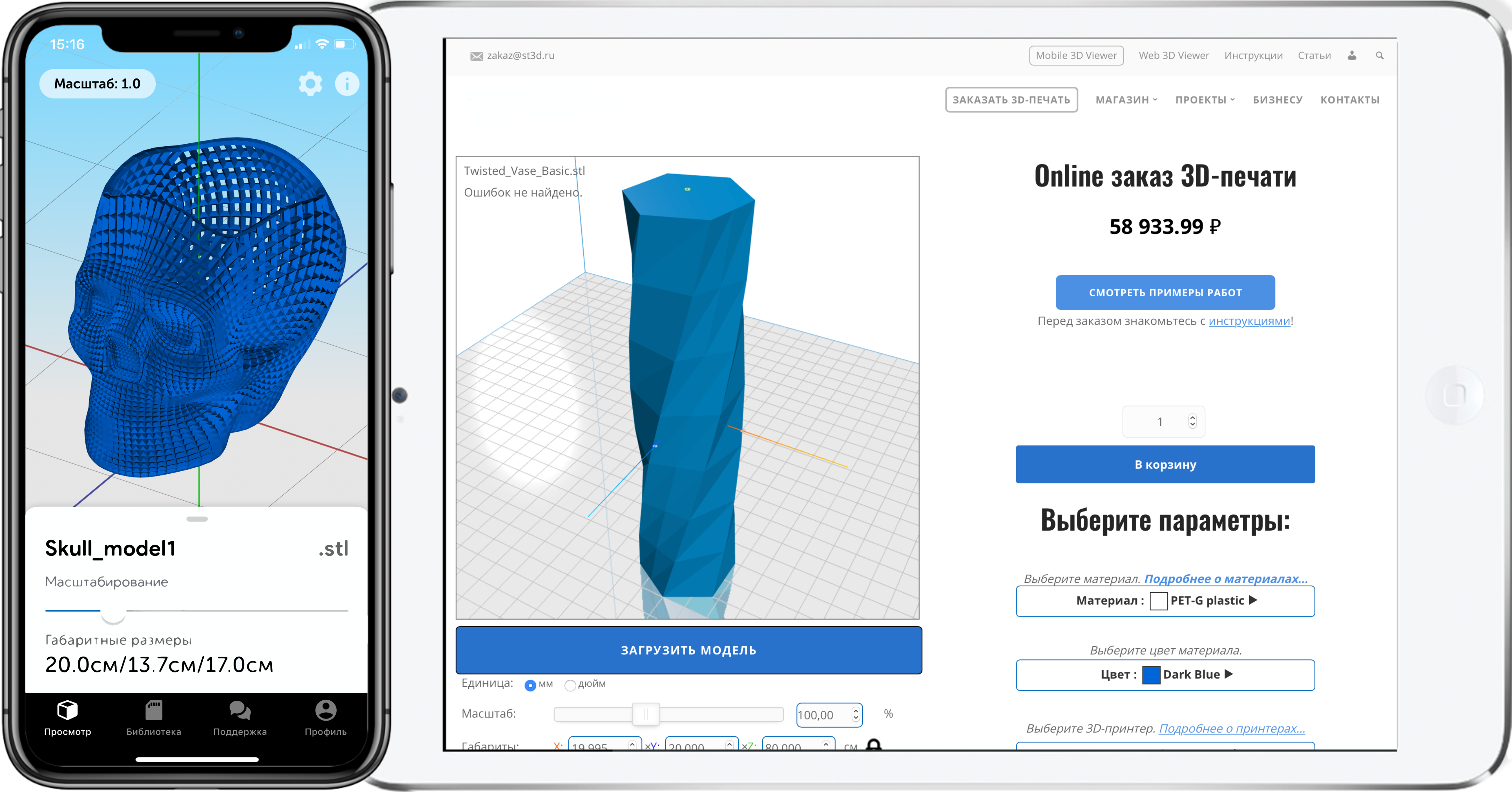



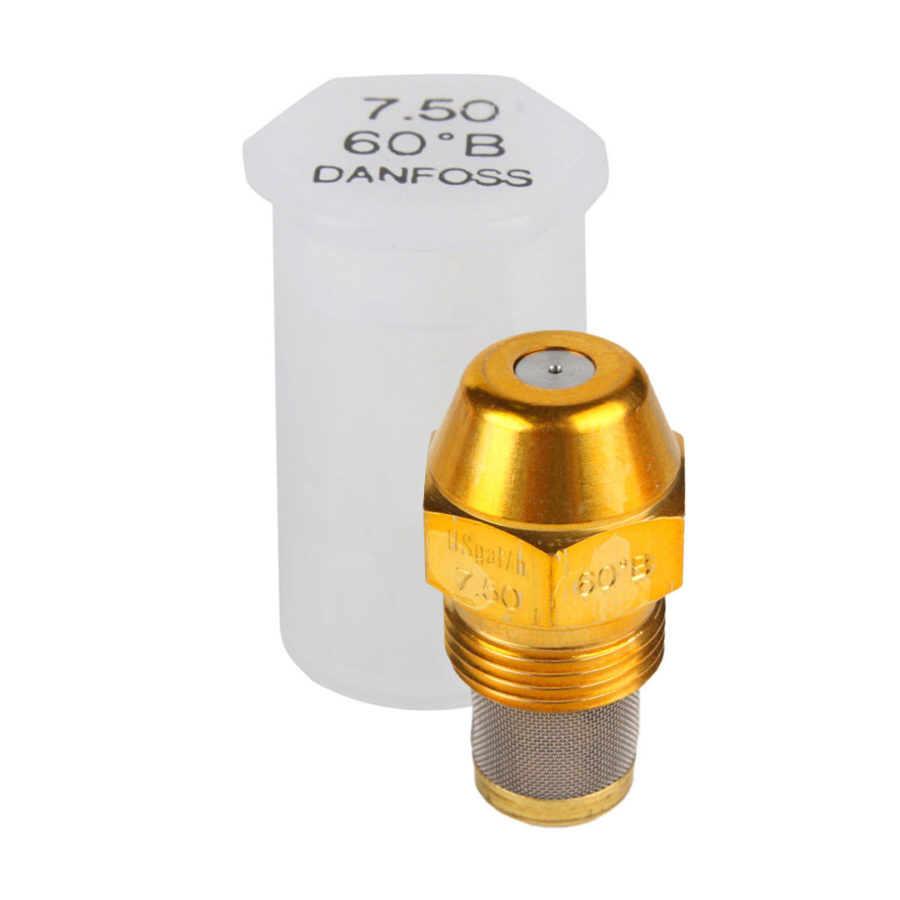
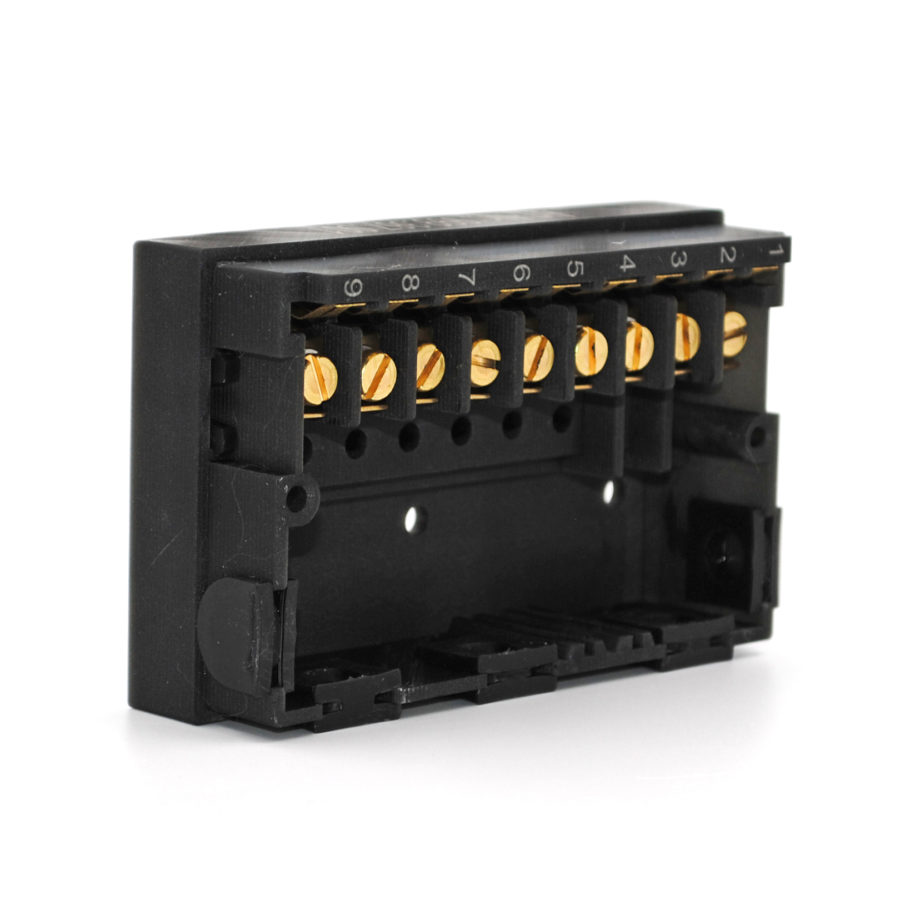
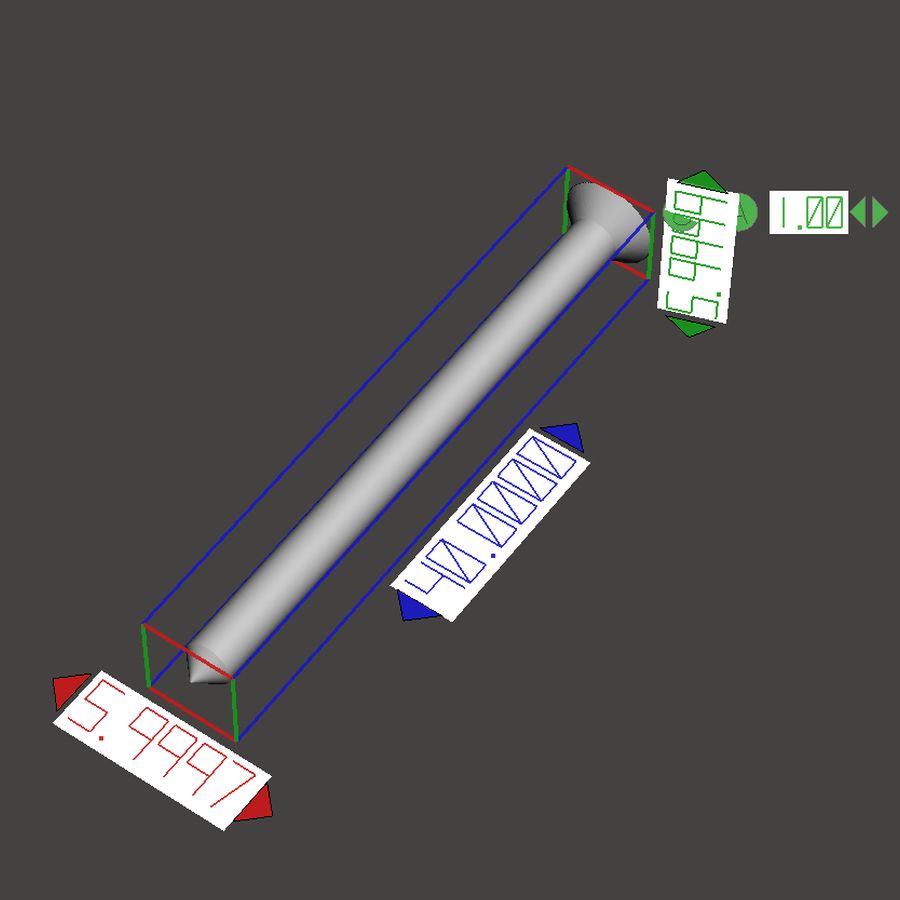
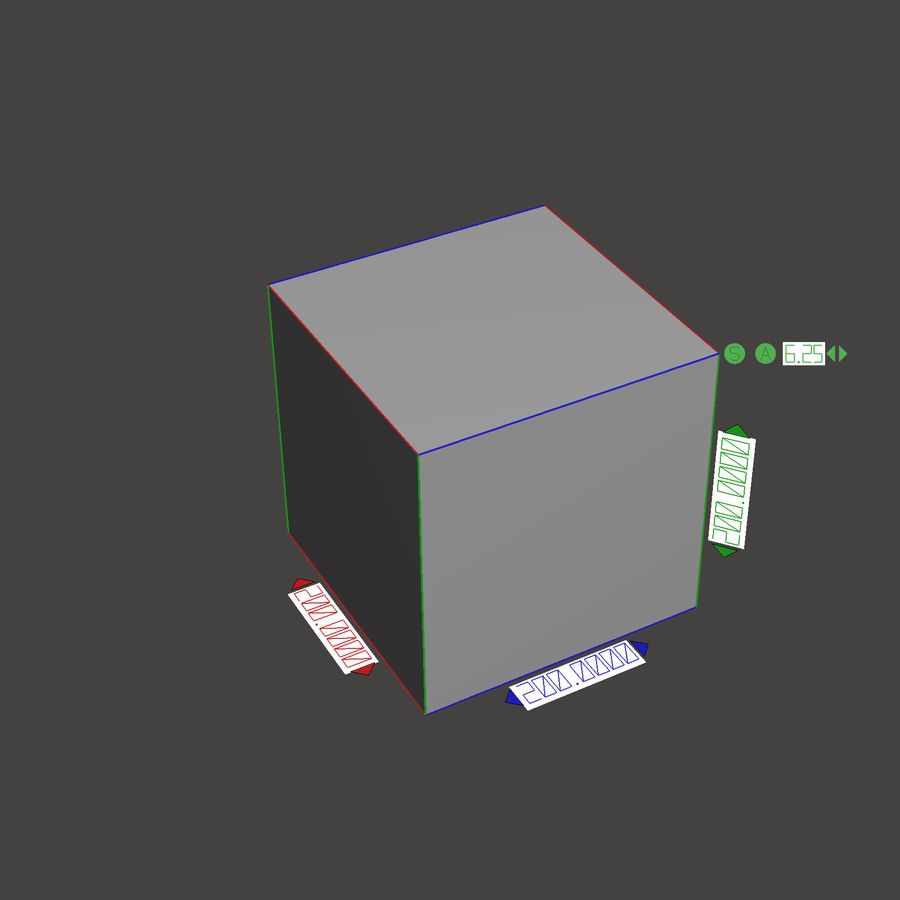
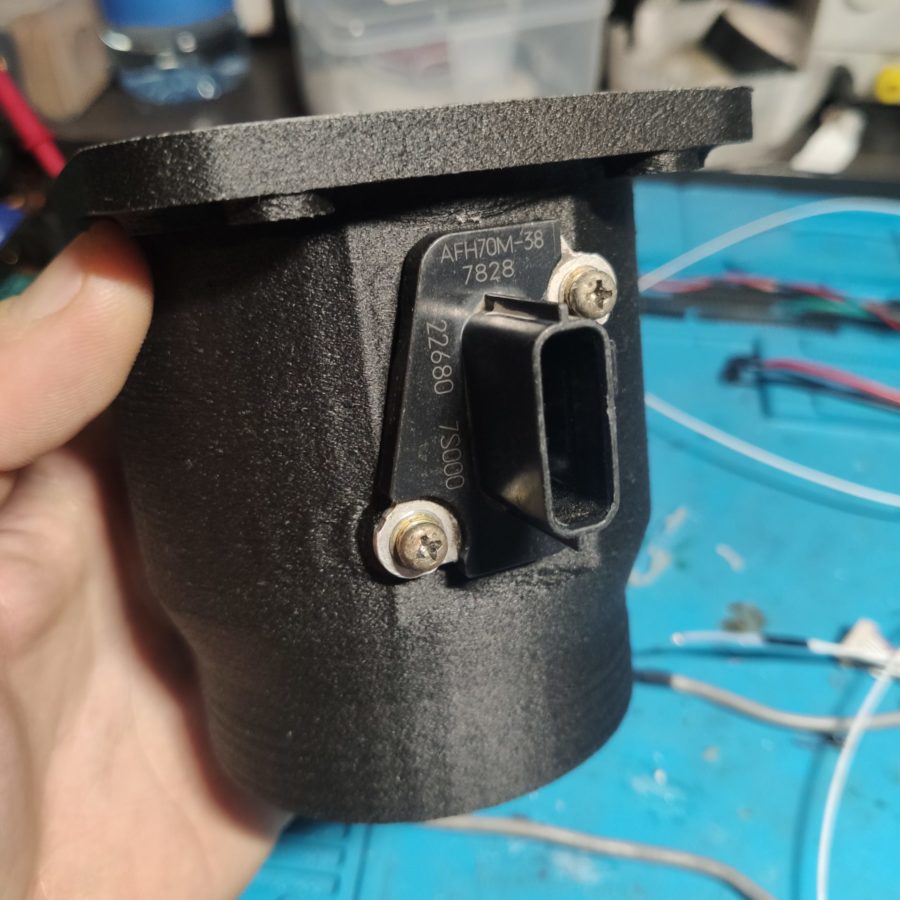

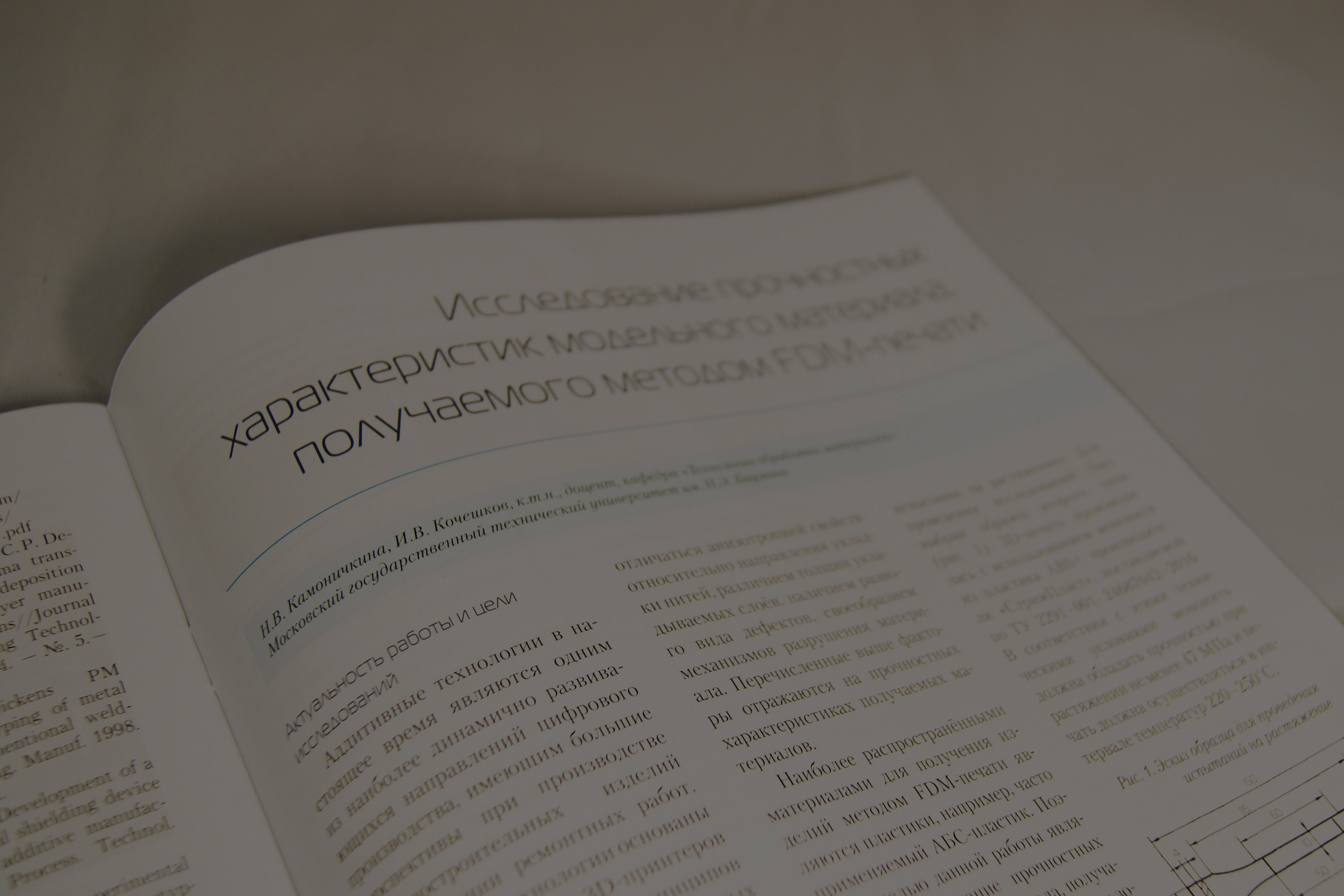

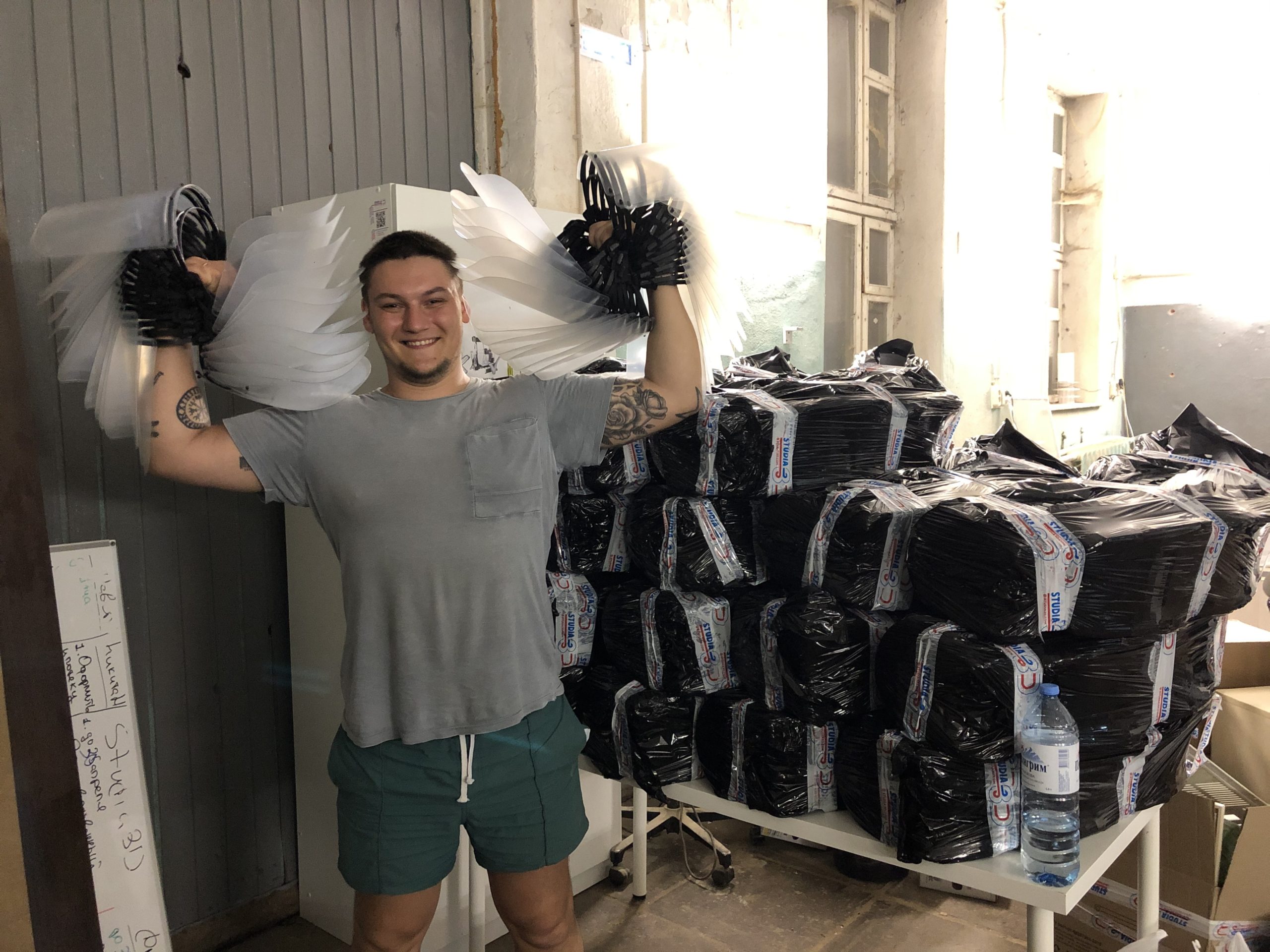
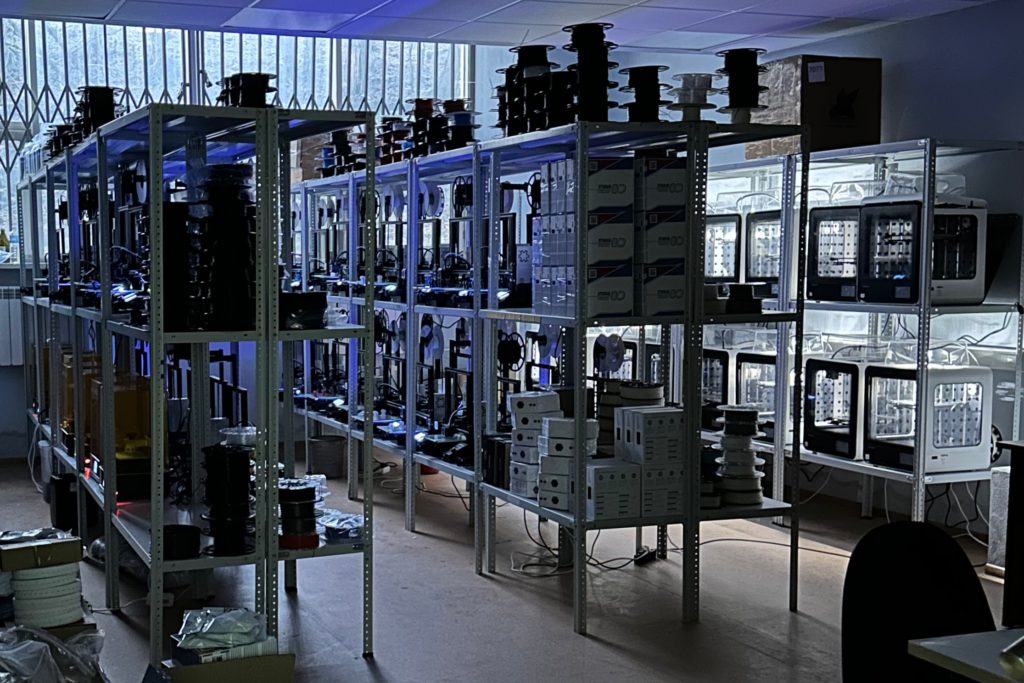

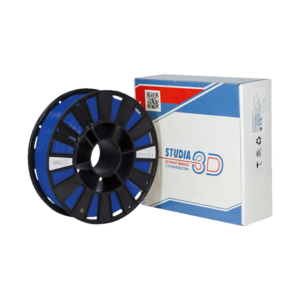
Author: Studia3D aggregator
More articles from Studia3D aggregator